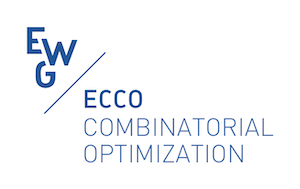E. Åblad
We study a station in an automotive manufacturing production line consisting of multiple robots, a workpiece, and a set of predefined tasks such as welding or inspection. The goal is to assign each task to a robot and to select one of the corresponding kinematic poses. We minimize the makespan of the multi-robot station; hence, both sequences and motions of the robots need to be computed. These two aspects are, traditionally, decoupled using the shortest path assumption: "let each robot use its shortest motion between poses". This, however, leads to poor solutions for some industrial instances. To find better solutions, we suggest a method preventing robot collisions by partitioning the robots' shared workspace into disjoint private zones. A dynamic sequence of such partitions, slightly overlapping in time, are used to allow for closely located tasks be assigned to different robots. We utilize vehicle routing formulations to model the robots' sequences, and a coarse time indexing together with set packing constraints to model the workspace partitioning. Our suggested method finds solutions with much lower makespan as compared to the traditional case of the shortest path assumption.
Keywords: Vehicle routing, set packing, motion planning, Generalized Voronoi diagram
Scheduled
FA3 Routing
June 11, 2021 9:15 AM
3 - TC Koopmans

